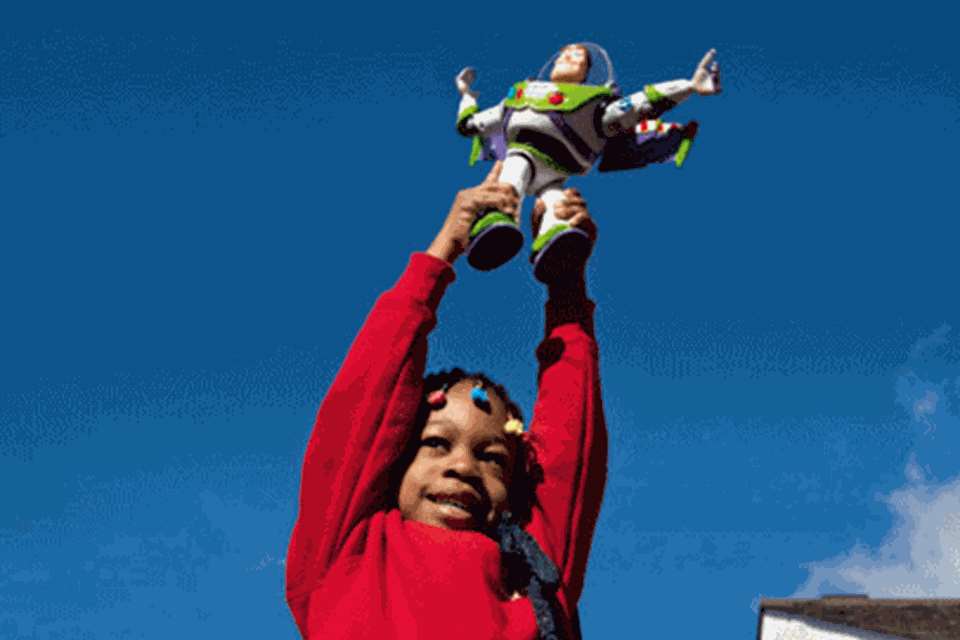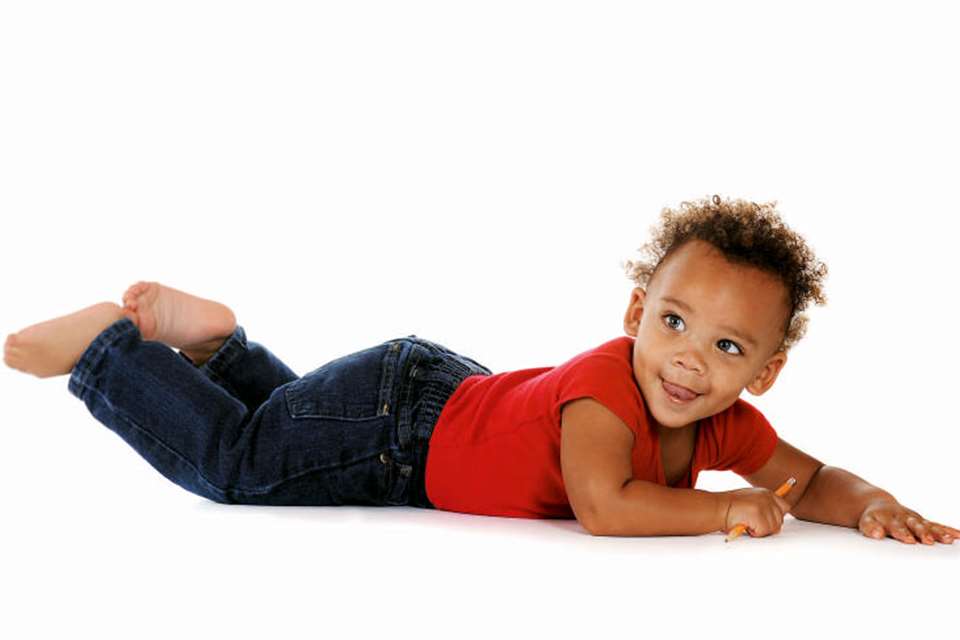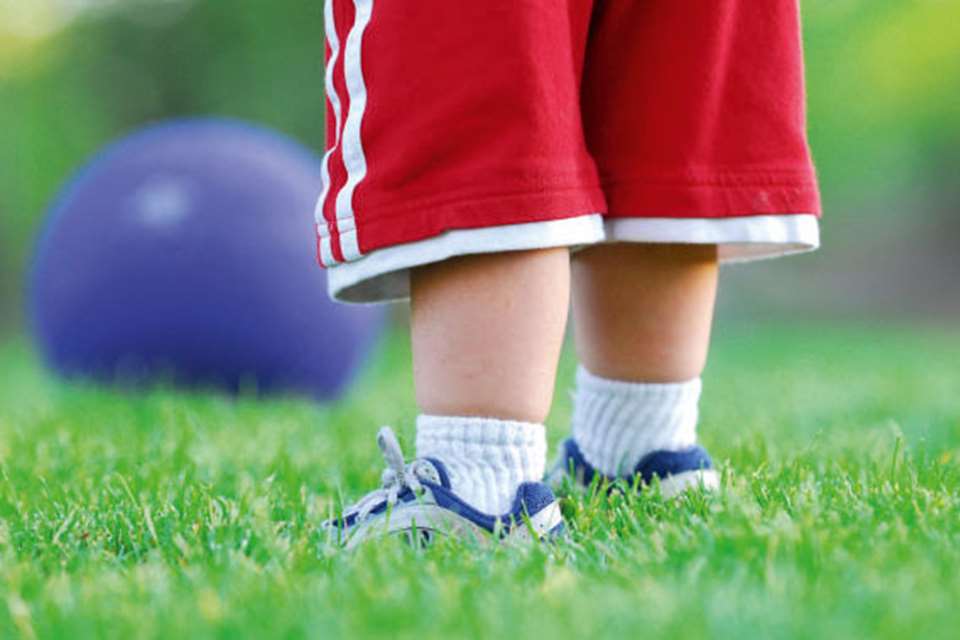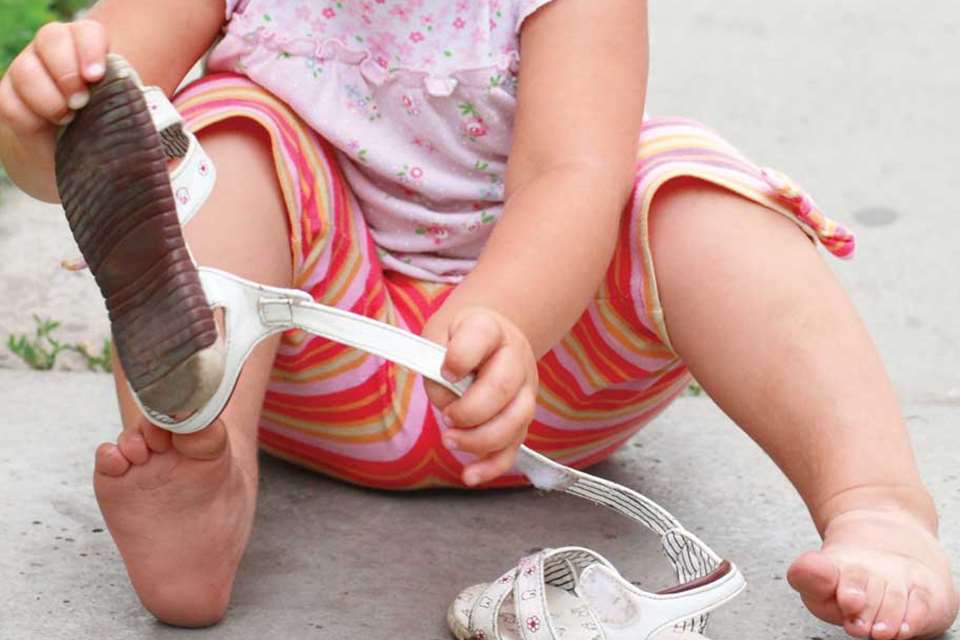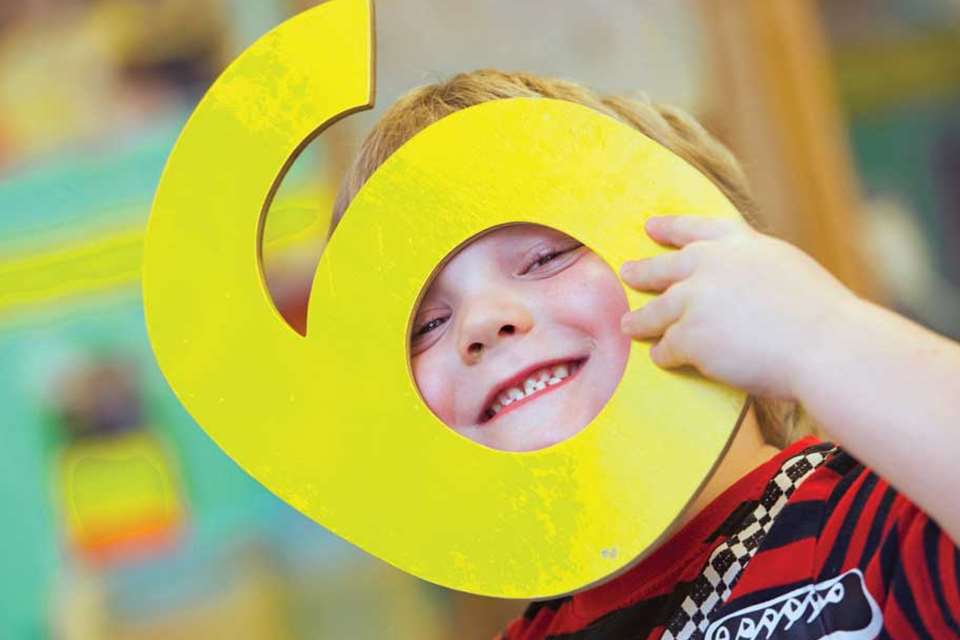Home Learning: Activities - Listening
Penny Tassoni
Monday, May 5, 2014
One of the skills that children need to develop in order to read and write is called auditory discrimination.
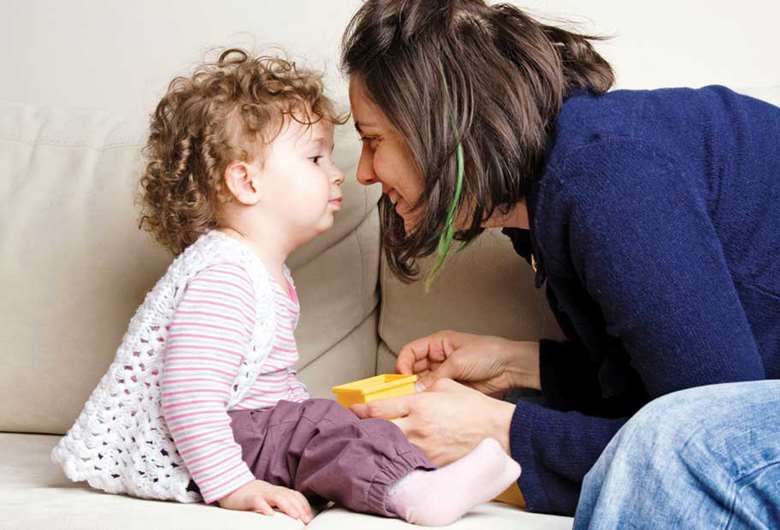
This allows children tohear how a word breaks down into individual sounds - for example,
c-a-t.
As with many aspects of child development, this does not happen overnight and there are many steps on the way. One of the first is when babies learn to make only human sounds and eventually only the sounds that are needed for the language or languages that are being used with them.
There are a number of simple tried-and-tested ways that help children develop auditory discrimination. Here are some activities that you might like to try at home.
MIMIC SOUNDS
From six to 12 months
By six months, many babies are starting to mimic some sounds. For this activity, you have to hold your baby so that they are facing you. Make a sound or simple phrase such as 'Bye-bye' or 'dadada' and repeat it a couple of times. Then smile at your baby, but keep quiet. Keeping silent is important because babies need time to process what is happening before responding.
After a little while, you may find that your baby will make a sound back to you, although it may not be the same as yours. If your baby does not respond to this activity, don't worry. It may be that it is not the right time. You might like to repeat it again at a later stage.
How this activity helps your child
Communication: This activity helps your child to make eye contact and learn to respond to others.
Music: Echoing back is a first step in making music.
Language development: Activities that encourage babies to listen and make sounds help them to tune into the sounds of the language being used at home.
What next?
You could echo back what your baby says when you hear them babbling. This helps them to talk more.
ACTION RHYMES
12 months plus
It is helpful for children to hear the beat in rhymes. One way of doing this is by having fun with some action rhymes. Look out for rhymes such as Row, Row, Row Your Boat or Humpty Dumpty. Put your baby on your lap. Say or sing a song. With each word or syllable, gently bounce your child along. If your first language is not English, use a rhyme you learned as a baby.
How this activity helps your child
Mathematics: The rhythms and patterns in action rhymes are thought to help children develop a sense of pattern that helps with later mathematics.
Movement: Action rhymes help babies' balance as they have to re-align their body.
Social development: This type of activity helps your child learn to enjoy being with others.
What next?
You could learn some more rhymes by taking part in the rhyme challenge. Visit www.bookstart.org.uk.
EACH PEACH PEAR PLUM
From two years
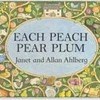 Sharing books with your child is a great way to help them become interested in learning to read. But when choosing books, look out for those that have simple rhymes. One of these is Each Peach Pear Plum by Janet and Allan Ahlberg, which has pictures to look at with your child.
Sharing books with your child is a great way to help them become interested in learning to read. But when choosing books, look out for those that have simple rhymes. One of these is Each Peach Pear Plum by Janet and Allan Ahlberg, which has pictures to look at with your child.
Expect that your child will not respond to the rhymes at first, as children do need to hear the words several times before they become familiar with them. Once your child starts to recognise the words, try leaving gaps and see if your child adds in the missing words.
How this activity helps your child
Memory: Learning stories and rhymes is good for children's memories.
Language: Sharing a range of books including books with rhymes helps develop children's vocabulary.
Confidence: When children are able to recognise and join in with rhyming books, they develop feelings of pride and confidence.
What next?
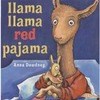 Look out for other rhyming books such as Llama Llama Red Pajama by Anna Dewdney or more classical nursery rhyme books.
Look out for other rhyming books such as Llama Llama Red Pajama by Anna Dewdney or more classical nursery rhyme books.
MAKING SHAKERS
From three years
Making different shakers with your child is a fun activity that also can help them to hear different sounds. It is easy to make a shaker with your child.
Use plastic bottles with screw-on lids and drop in some items that can rattle such as dried peas, uncooked pasta or rice.
Screw the cap on tightly or, to be absolutely sure that it is secure, glue the lid on. It is worth creating shakers that make slightly different sounds. Afterwards, put on some music and see if your child can shake the beat.
How this activity helps your child
Hand-eye co-ordination: If you make the shaker with your child, they can drop the items into the bottle and this will help their hand-eye co-ordination.
Physical movements: Dancing to music is a good way for children to take exercise and keep fit.
Music: Children can explore a range of sounds with the shakers.
What next?
You can ask your child to shut their eyes and then rattle a shaker. See if your child can work out which shaker made the sound.
MUSICAL HOT AND COLD!
From three years
You can play a simple hide-and-seek game with your child that encourages them to listen carefully to sounds. Hide an object such as a ball. Ask your child to find it by listening to the sounds you make.
Clap your hands if your child is getting closer and rattle some keys or click your fingers if your child is going in the wrong direction. You could also use home-made shakers to make the 'hot' and 'cold' sounds. Afterwards, see if your child wants to hide the object for you to find.
How this activity helps your child
Problem solving: Listening to a sound and then using the information to know where to look helps children's problem solving.
Turn taking: By playing this type of simple game, your child can learn to take turns.
Physical development: You can play this game outdoors as a way of helping your child to take exercise.
What next?
You can adapt this game so that you use sounds such as 'shhhhhhh' or 'brrrrrr', which will help your child discriminate between different sounds in words.
ODD ONE OUT
From four years
This is a simple game that helps children to listen out to the first sounds in words. You just have to say three words. Two words of the three words need to start with the same letter - for example, snake, soap and dog or bag, pet and post.
See if your child can find the odd one out. To make it easier, use short words and lengthen the first sound. Don't worry if your child is not ready for this as it is quite difficult. Try again later.
How this activity helps your child
Confidence: These games help children to gain confidence as they correctly identify the 'odd one out'.
Language: You can use this game to introduce your child to some new words.
Problem solving: This activity requires problem solving as children have to focus on the sound rather than the meaning of the word.
What next?
You could play this game, but focus on the first letters that many phonic programmes use: S-A-T-P-I-N.


